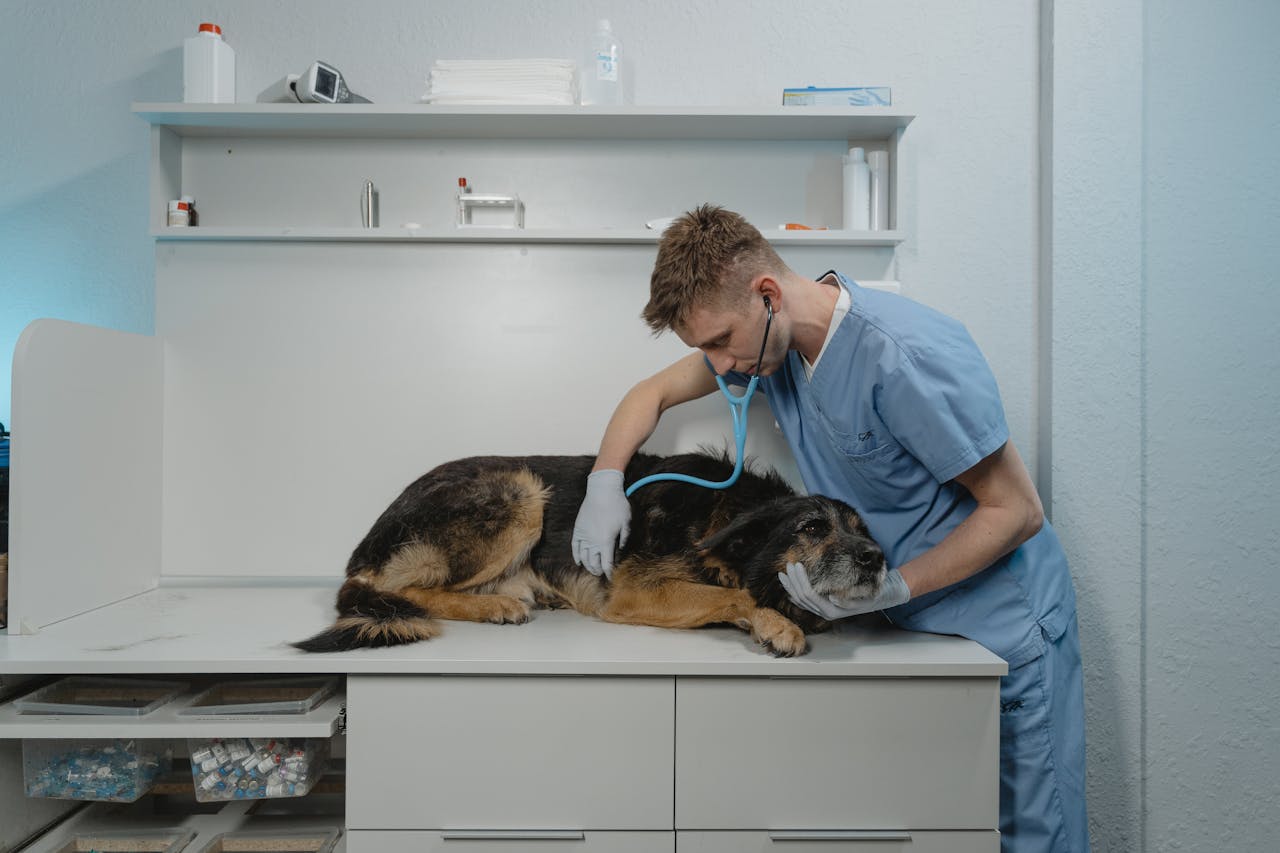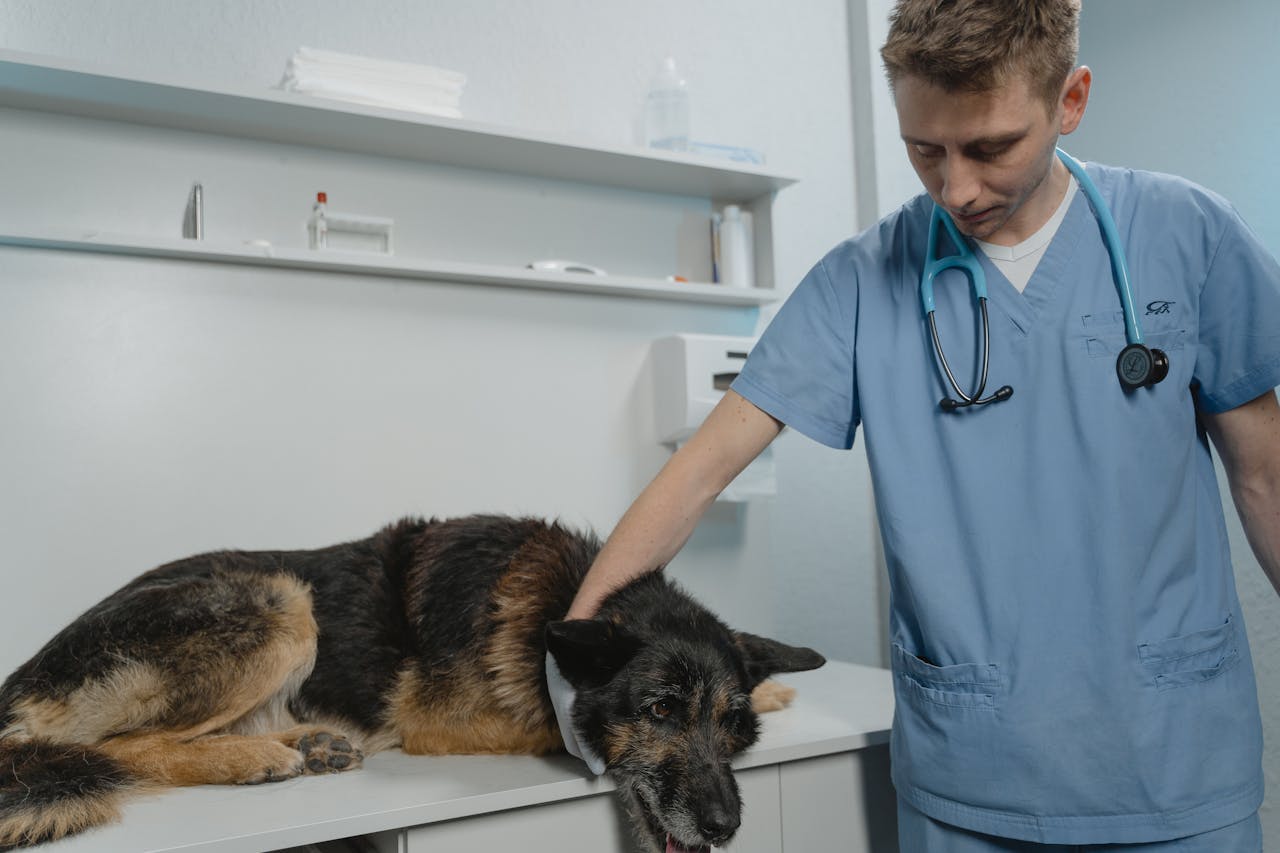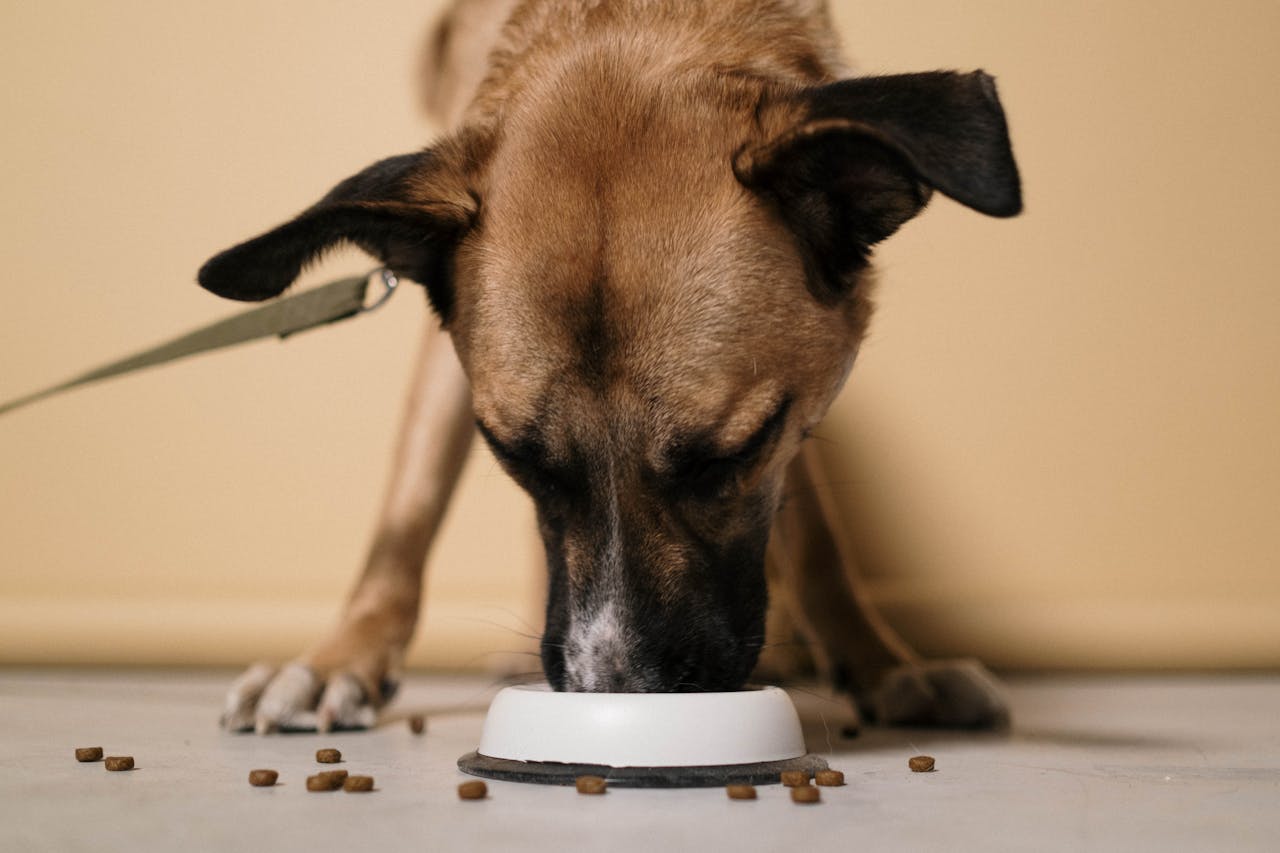Is Your Dog Eating Too Fast? 5 Signs to Watch Out For

Does your pup inhale meals in seconds? While it may look funny or harmless, dog eating too fast is more than just quirky behavior it can be dangerous. Rapid eating puts dogs at risk of choking, vomiting, and even life-threatening bloating.
The good news: by spotting the signs of fast eating in dogs early, you can protect your pet’s health and make mealtime safer.
Note: If your dog shows sudden changes in appetite or frequent digestive distress, consult your veterinarian right away.
Why Dogs Eat Too Fast
Before we dive into signs, it helps to understand the “why” behind fast eating. Dogs may gulp food due to:
- Competition in multi-pet households (fear of losing food)
- Mealtime anxiety in dogs caused by inconsistent schedules or stress
- Past experiences with food scarcity (common in rescues)
- Natural excitement or high food motivation
Regardless of the cause, the risks remain the same.
5 Signs of Fast Eating in Dogs
Here are the red flags every pet parent should watch for:
Loud Gulping or Gagging
If you hear exaggerated swallowing sounds or see your dog struggling to chew, they’re eating too quickly.
Frequent Vomiting After Meals
Throwing up undigested kibble is one of the clearest dog eating behavior issues linked to gulping.
Choking or Coughing During Mealtime
Food can lodge in the throat, leading to choking hazards.
Excessive Drooling or Foaming
Overproduction of saliva signals your dog is struggling with fast intake.
Bloating or Restlessness Post-Meal
A tight belly, pacing, or discomfort may point to dangerous bloating—especially in large, deep-chested breeds.
If you notice these behaviors, it’s time to take action.
Why It’s Risky to Ignore
Ignoring these signs of fast eating in dogs can lead to:
- Poor digestion and nutrient absorption
- Frequent vomiting or diarrhea
- Food guarding and worsening anxiety
- Gastric Dilatation-Volvulus (GDV), a life-threatening condition where the stomach twists
This is why vets often recommend addressing fast eating quickly with safe solutions.
The Easy Fix: Slow Feeder Bowls
One of the simplest, most effective ways to solve dog eating too fast is with a slow feeder bowl.
How they help:
- Break meals into smaller portions with ridges and mazes
- Encourage chewing and calmer bites
- Reduce choking, gagging, and bloating risk
- Provide mealtime enrichment that eases mealtime anxiety in dogs
Vets frequently recommend slow feeders as a first-line solution because they’re affordable, safe, and effective.
Final Thoughts: Make Mealtime Safe Again
Fast eating may look like enthusiasm, but it hides serious health risks. By recognizing early warning signs—like gulping, vomiting, or post-meal restlessness you can step in before problems escalate.
Introducing a slow feeder bowl isn’t just about cleaner floors; it’s about protecting your dog’s health and turning meals into calm, enriching moments.
Reminder: Always consult your vet if your dog continues to struggle with eating behaviors despite using slow feeders or changing routines.
Ready to Slow Things Down?
At Chonky Paws, we’ve designed vet-backed slow feeder bowl that combine mealtime safety with comfort.






